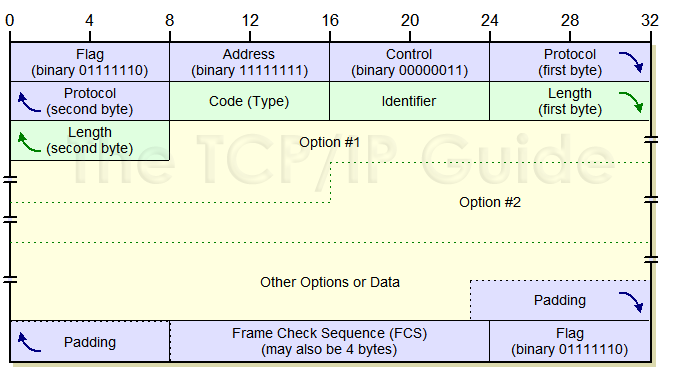 |
|
Please Whitelist This Site?
I know everyone hates ads. But please understand that I am providing premium content for free that takes hundreds of hours of time to research and write. I don't want to go to a pay-only model like some sites, but when more and more people block ads, I end up working for free. And I have a family to support, just like you. :)
If you like The TCP/IP Guide, please consider the download version. It's priced very economically and you can read all of it in a convenient format without ads.
If you want to use this site for free, I'd be grateful if you could add the site to the whitelist for Adblock. To do so, just open the Adblock menu and select "Disable on tcpipguide.com". Or go to the Tools menu and select "Adblock Plus Preferences...". Then click "Add Filter..." at the bottom, and add this string: "@@||tcpipguide.com^$document". Then just click OK.
Thanks for your understanding!
Sincerely, Charles Kozierok
Author and Publisher, The TCP/IP Guide
|
|
|

Custom Search
|
|
PPP General Control Protocol Frame Format and Option Format
(Page 3 of 4)
PPP Control Message Option Format
The various Configure- messages are used to negotiate configuration options in LCP and the other control protocols. In their Data fields they carry one or more options that are, again, specific to the protocol using them. For example, LCP uses one set of configuration options for the link as a whole; CCP uses options to negotiate a compression algorithm, MP uses it to set up multilink bundles and so on. Figure 35 shows how these options, which can vary in length, are placed in the Data field of a PPP control message (which is in turn nested inside the general PPP frame format).
|
Again, there is commonality here; while every option is different, they all use the same basic format, as described in Table 37 and illustrated in Figure 36:
Field Name |
Size (bytes) |
Description |
Type |
1 |
Type: A type value that indicates the option type. The set of Type values is unique to each protocol. So, for example, LCP has one set of Type values corresponding to its configuration options, each NCP has a different set, CCP has its own set and so on. |
Length |
1 |
Length: Specifies the length of the option in bytes. |
Data |
Variable |
Data: Contains the specific data for the configuration option. |
The configuration options are described briefly in the individual protocol topics. I am not showing the specific contents of each option as there are just too many of them. These are in the RFCs.
|
|
| |||||||||||||||||||
Home - Table Of Contents - Contact Us
The TCP/IP Guide (http://www.TCPIPGuide.com)
Version 3.0 - Version Date: September 20, 2005
© Copyright 2001-2005 Charles M. Kozierok. All Rights Reserved.
Not responsible for any loss resulting from the use of this site.








